Gardening enthusiasts often face challenges due to poor soil conditions. Yet, this shouldn’t halt the quest for a vibrant, blooming garden. While nutrient-rich soil is often considered the bedrock of good gardening, there are numerous flower varieties that can adapt and flourish in poor soil. Understanding the soil and selecting the appropriate plants can lead to a lively, colourful display even in the most challenging gardening conditions.
Understanding Poor Soil Conditions
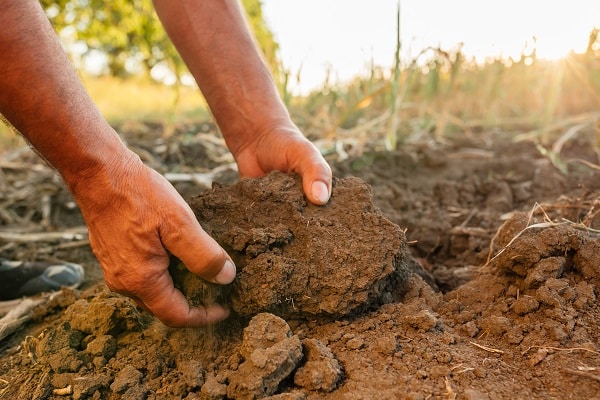
Poor soil often lacks necessary nutrients or has drainage issues. It might be too sandy or too clayey, or have high acidity or alkalinity. These factors can limit the growth and vitality of many plants. Knowing the soil type is essential as it helps in selecting appropriate plant species. The first step towards successful gardening in poor soil is accepting the ground reality, literally. Knowledge about the soil type allows gardeners to choose the right plants or take steps to amend the soil, thereby increasing its fertility.
Contrary to popular belief, poor soil is not a death sentence for a garden. While it may require a bit more strategy and selection, beautiful blooms can still be achieved. Certain resilient plant species have evolved to survive in these difficult conditions. They have various mechanisms, such as extensive root systems, that allow them to extract or conserve the scant nutrients available.
Flowers That Can Thrive In Poor Soil
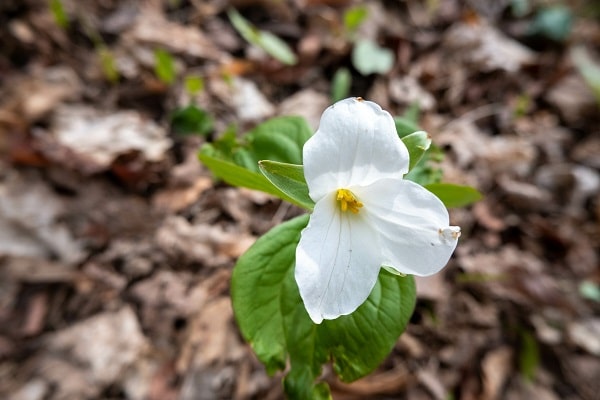
Plenty of beautiful, vibrant flowers are surprisingly resilient, capable of thriving in less-than-ideal soil conditions. The trick lies in selecting the right species that match the soil’s limitations. Here are some of the top flowers that can sprout and bloom even in poor soil.
Sunflowers (Helianthus)

Sunflowers, the towering giants of the flower world, are a great example of plants that can withstand poor, nutrient-depleted soils. With their extensive and robust root systems, sunflowers can reach deep into the earth to draw up nutrients other plants may not access. These attributes make sunflowers a great addition to gardens with poor soil. The plants not only survive in these conditions but can also aid in soil improvement by breaking up hard, compacted earth.
Growing sunflowers is relatively straightforward. They need full sun exposure and a little watering. While they can manage with less, they do respond positively to being fed with a balanced fertilizer. It’s important to stake taller varieties to protect them from wind damage. With their golden blooms, sunflowers can bring a touch of cheer and charm to any garden.
Daylilies (Hemerocallis)
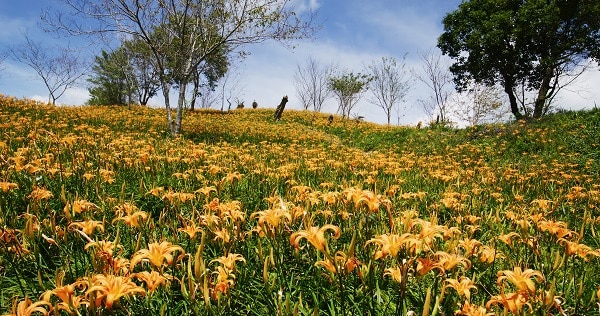
Another resilient species that can adapt to a wide range of soil conditions is the daylily. These perennial bloomers are not particularly picky about their home and can grow in everything from rich, loamy soil to nutrient-poor dirt. This makes them a perfect choice for gardeners grappling with poor soil conditions.
Daylilies come in a myriad of colors and sizes, bringing a delightful burst of color to any garden space. To care for these plants, it’s crucial to give them a good watering routine, especially in dry conditions. However, be careful to avoid waterlogging as it can lead to root rot. With their robust nature and vibrant blooms, daylilies can brighten up even the most lackluster of gardens.
Cosmos (Cosmos bipinnatus)
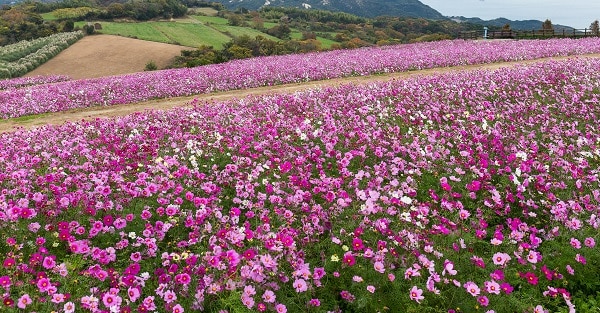
Cosmos flowers are another species that exhibit adaptability and resilience in less than ideal soil conditions. These daisy-like flowers can grow vigorously in poor soil and still produce a profusion of blooms. In fact, rich soil can sometimes lead to more foliage growth at the expense of flowers.
Cosmos plants prefer full sun exposure and can withstand dry conditions, making them perfect for a low-maintenance garden. Deadheading or removing spent flowers will encourage continued blooming throughout the season. With their delicate, feathery foliage and wide array of colors, cosmos flowers bring a sense of lightness and charm to any garden setting.
Yarrow (Achillea millefolium)
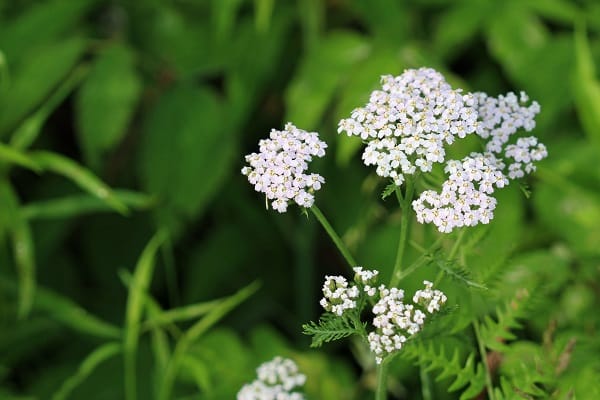
Yarrow is another flower that showcases remarkable hardiness, with the capability to tolerate dry, nutrient-poor soils. Its deep-rooting system allows it to reach water and nutrients that other plants cannot, making it a solid choice for poor soils.
Besides being an attractive plant with its flat-topped clusters of small, brightly colored flowers, yarrow also offers the added benefits of medicinal properties and pest repellency. It requires full sun and well-drained soil, but apart from this, it is relatively low maintenance. It’s worth noting that yarrow can spread rapidly, so it might be necessary to control its growth if used in a mixed flower bed.
Coneflowers (Echinacea)
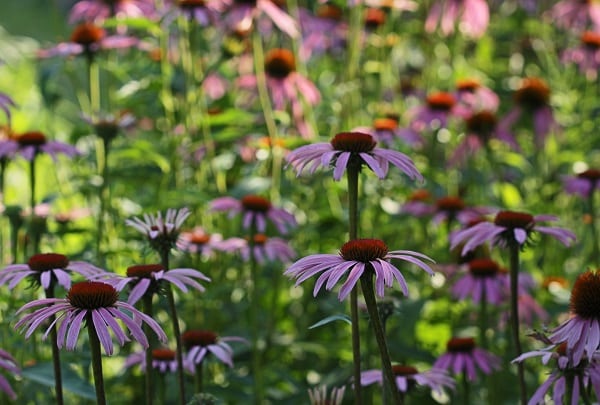
Echinacea, commonly known as coneflowers, is another flower variety that can thrive in poor soil. These flowers are drought-tolerant and need minimal nutrients, making them a wonderful addition to any garden with poor soil.
Coneflowers are easy to grow, with very few requirements. They prefer full sun but can also tolerate partial shade. To ensure a long bloom time, it’s advisable to deadhead them regularly. The coneflower’s vibrant and large blooms are not only a delight to the eye, but they also have medicinal properties that can be beneficial.
Lavender (Lavandula)
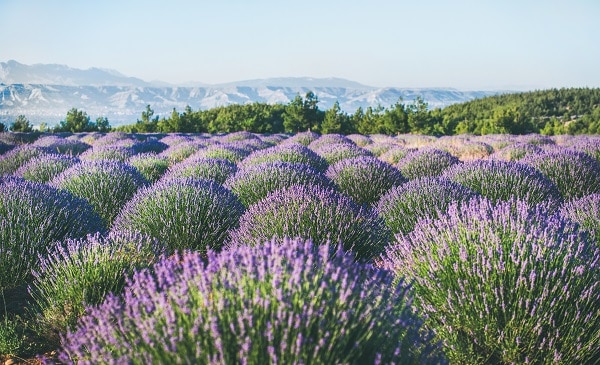
Lavender is an excellent example of a flower that thrives in poor soil conditions, particularly if the soil is sandy or rocky with good drainage. Its preference for well-drained soil makes it ideal for areas where many other plants would struggle.
Lavender requires full sun and moderate watering. It’s important not to overwater, as lavender is susceptible to root rot in damp conditions. In addition to its beautiful purple flowers and distinctive fragrance, lavender also offers a multitude of uses in the realms of culinary arts, aromatherapy, and medicinal applications.
Marigolds (Tagetes)
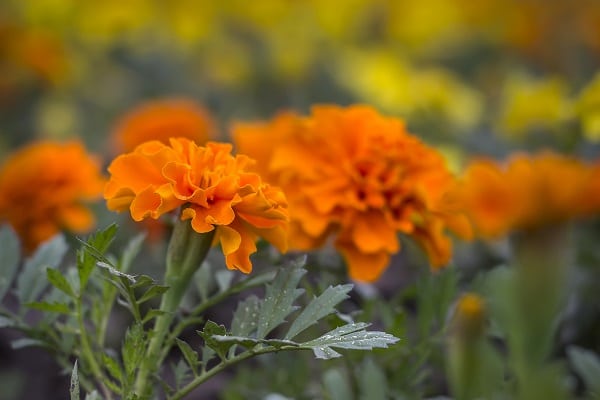
Marigolds are hardy plants that adapt well to different soil types, including poor soils. Their bright, cheerful flowers are a great way to add a splash of color to a garden. They’re also easy to grow, which makes them an excellent choice for novice gardeners or those struggling with poor soil.
Marigolds prefer full sunlight and will bloom best in these conditions. They’re relatively drought-tolerant, but regular watering will result in healthier plants and larger blooms. Beyond their aesthetic appeal, marigolds are also known for their pest repellent properties, making them a valuable addition to any garden.
Conclusion
The belief that a vibrant, blooming garden requires rich, fertile soil has been turned on its head. As evidenced above, many resilient, beautiful flower species can thrive in poor soil conditions. Armed with a bit of knowledge and the right plant selection, anyone can overcome the challenge of poor soil and create a lush, vibrant garden. After all, a gardener’s spirit and determination are the most fertile ingredients in any garden.


